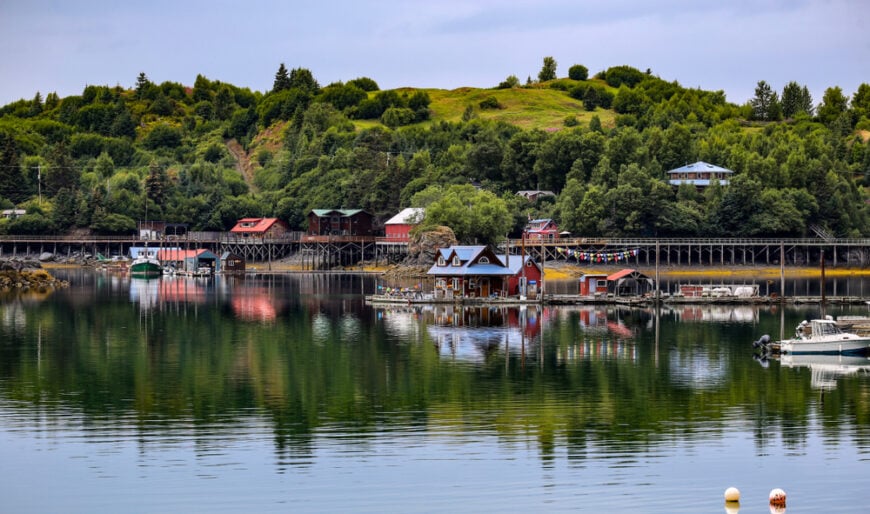
I’ve always been fascinated by the untouched beauty of Alaska’s coastal areas. There’s something enchanting about the remote neighborhoods tucked away in this vast wilderness, offering solitude and a deep connection with nature. Over the years, I’ve explored many of these secluded spots, each with its unique charm and story.
From artist retreats accessible only by boat to historic ghost towns in the heart of the wilderness, these places offer a glimpse into a life far removed from the hustle and bustle of modern society.
If you’ve ever dreamt of escaping to a tranquil haven where mountains meet the sea, join me as I count down 10 of the most secluded neighborhoods in Alaska’s coastal areas. Each one beckons with the promise of serenity, adventure, and a slice of rugged Alaskan life.
10. Kupreanof Island’s Remote Settlements – Wilderness Seclusion
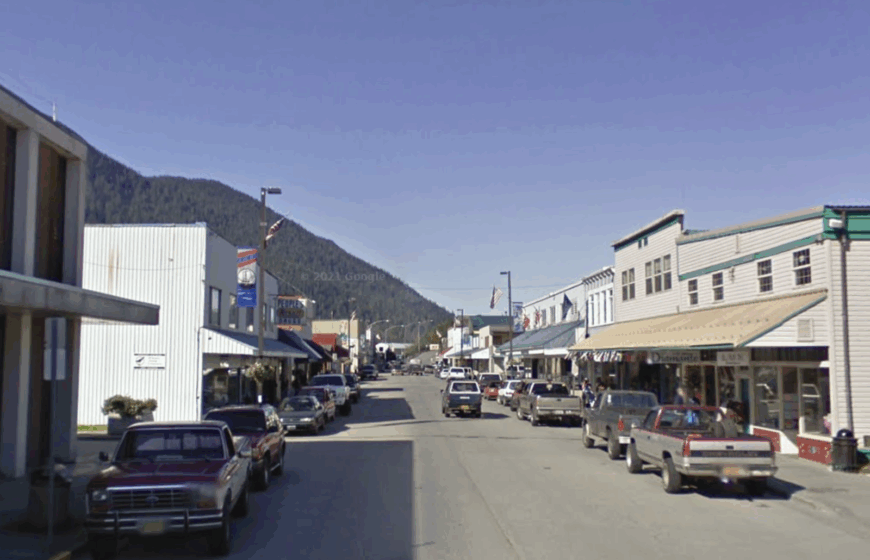
The sparsely populated areas of Kupreanof Island offer a different kind of seclusion that’s deeply connected to the wilderness. Residents here live off the grid, surrounded by pristine forests and waterways. I admire the way people have adapted to life on the island, embracing the challenges and rewards of remote living.
With large plots of land and minimal infrastructure, these settlements ensure ultimate privacy. The island’s untouched landscapes provide endless opportunities for hiking, fishing, and exploring. It’s a place where you can truly disconnect and appreciate the simplicity and beauty of nature.
Where is Kupreanof Island?
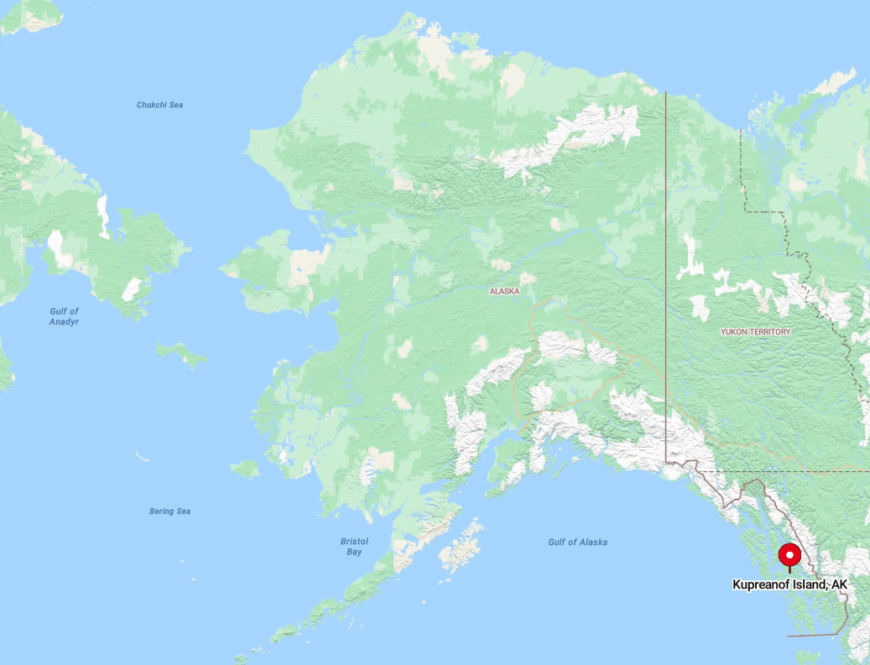
Kupreanof Island is located in the Alexander Archipelago of southeastern Alaska, near the larger Kupreanof city on the mainland. The island lies across from the town of Petersburg, separated by the Wrangell Narrows. To get there, you’d typically take a boat from Petersburg or Wrangell.
I find the journey through the narrows to be particularly enchanting, with the chance to see eagles, seals, and sometimes even whales. The island’s remote settlements are spread along the coastline, connected by a few logging roads and trails, emphasizing the tranquility and remoteness of this unique Alaskan locale.
9. Little Tutka Bay – Secluded Coastal Living Near Kachemak Bay
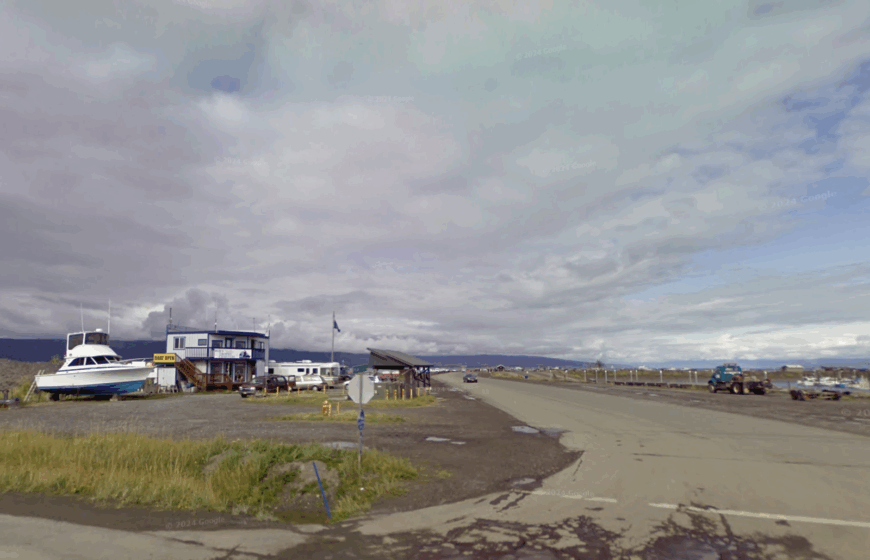
Little Tutka Bay is a hidden gem that embodies the essence of secluded coastal living. Accessible only by boat, this area is just across Kachemak Bay from Homer but feels worlds away. I love the secluded homes nestled among dense forests with panoramic ocean views that stretch to the horizon.
The bay is a sanctuary for wildlife, and it’s not uncommon to see sea otters playing nearby or eagles soaring overhead. For those desiring a peaceful coastal retreat, Little Tutka Bay offers a quietude that’s hard to match with a small community that cherishes the tranquility of its surroundings.
Where is Little Tutka Bay?
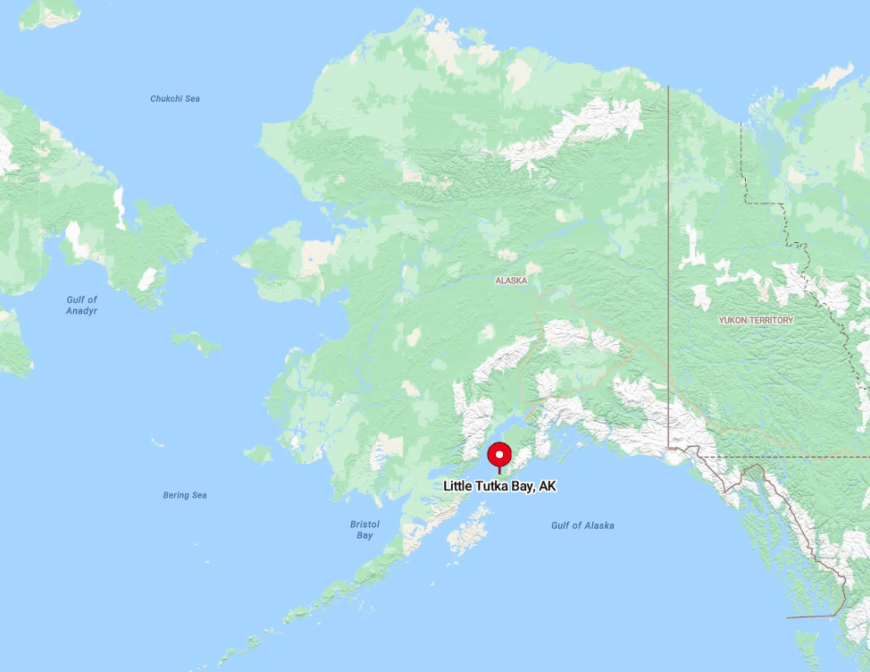
Located on the southern shore of Kachemak Bay, Little Tutka Bay is part of the Kenai Peninsula. To reach it, you can catch a water taxi from Homer, a journey that takes about 20 minutes and offers stunning views of the bay’s marine life and mountains. I find this short boat ride to be a refreshing escape from everyday life.
The bay itself is surrounded by state parks and wilderness areas, making it a perfect gateway for kayaking, hiking, and exploring the rugged coastline. The remoteness and natural beauty make Little Tutka Bay a coveted spot for those seeking solitude near the water.
8. Hollis – Gateway to Seclusion on Prince of Wales Island
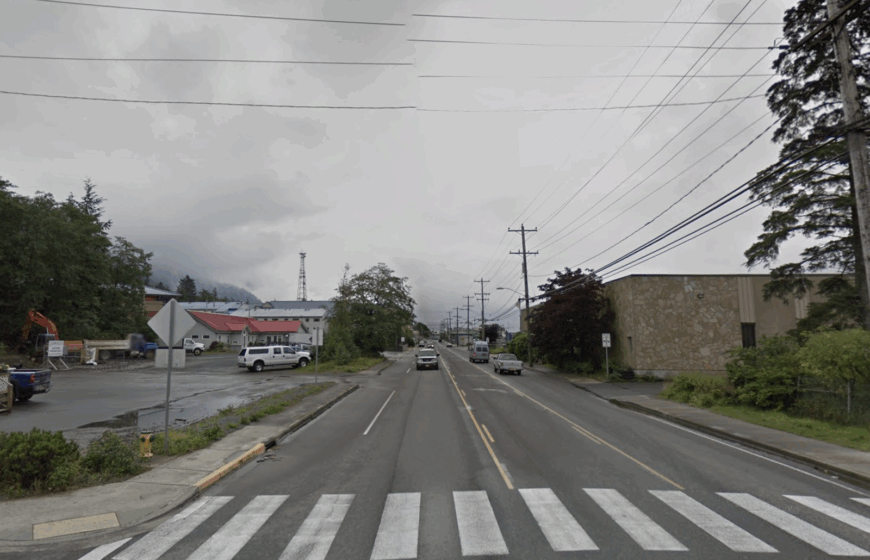
Hollis may serve as a ferry terminal, but it retains a quiet charm that I find irresistible. Situated on Prince of Wales Island, it’s a small settlement where the pace of life is delightfully slow.
The expansive natural surroundings and large properties offer privacy away from commercial hubs. I appreciate how Hollis provides access to the rest of the island while still feeling like a secluded hideaway.
The community is tight-knit, and the wilderness is right at your doorstep, with opportunities for fishing, hiking, and wildlife viewing in abundance. It’s an ideal spot for those who want both seclusion and a connection to island life.
Where is Hollis?
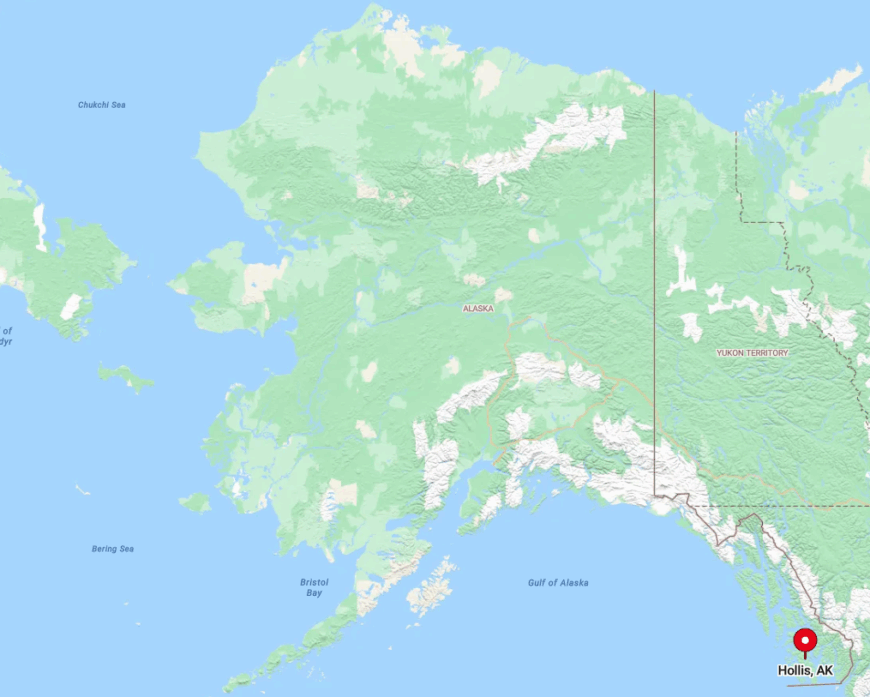
Hollis is located on the eastern side of Prince of Wales Island, serving as a key entry point via the Inter-Island Ferry from Ketchikan. After arriving, you’ll find that the community is small, with the main road leading to other parts of the island.
I think the drive through the island’s lush forests and along its rugged coastlines is a journey worth taking.
Hollis’s location makes it a strategic yet secluded spot, offering access to the island’s wonders while providing a peaceful retreat away from busier areas. The combination of convenience and tranquility is what makes Hollis special to me.
7. Hyder – The Alaska Gateway with Canadian Charm
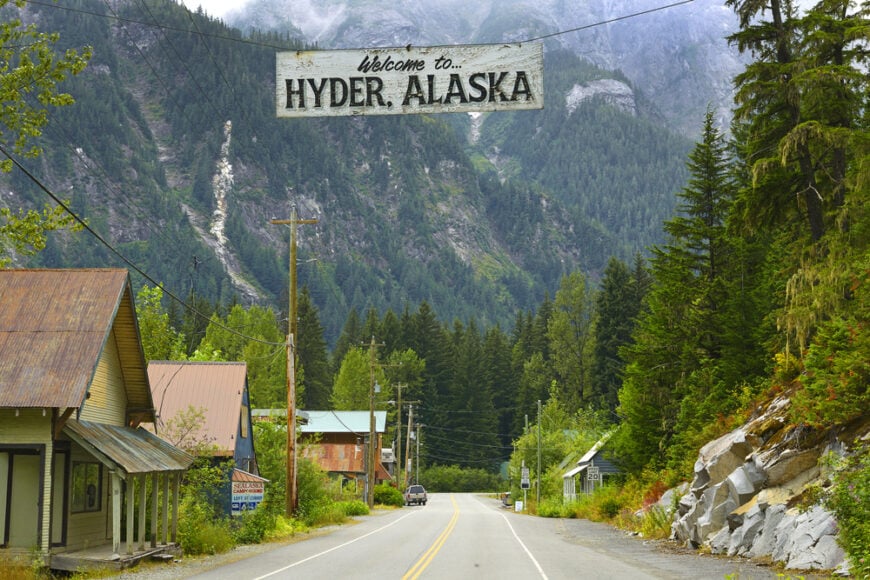
Hyder is a unique blend of Alaskan wilderness and Canadian accessibility. As a remote border community at the southern tip of Alaska, it’s only connected by road to Canada. I’ve always been intrigued by Hyder’s seclusion amidst towering glaciers and lush forests.
With a population of just a few dozen people, it offers residents a quiet life far from any major Alaskan city. I enjoy the town’s rustic feel and the stunning natural attractions nearby, like the Salmon Glacier and bear viewing at Fish Creek.
Hyder’s isolation is softened by its connection to the neighboring Canadian town of Stewart, providing a rare cross-border community experience.
Where is Hyder?
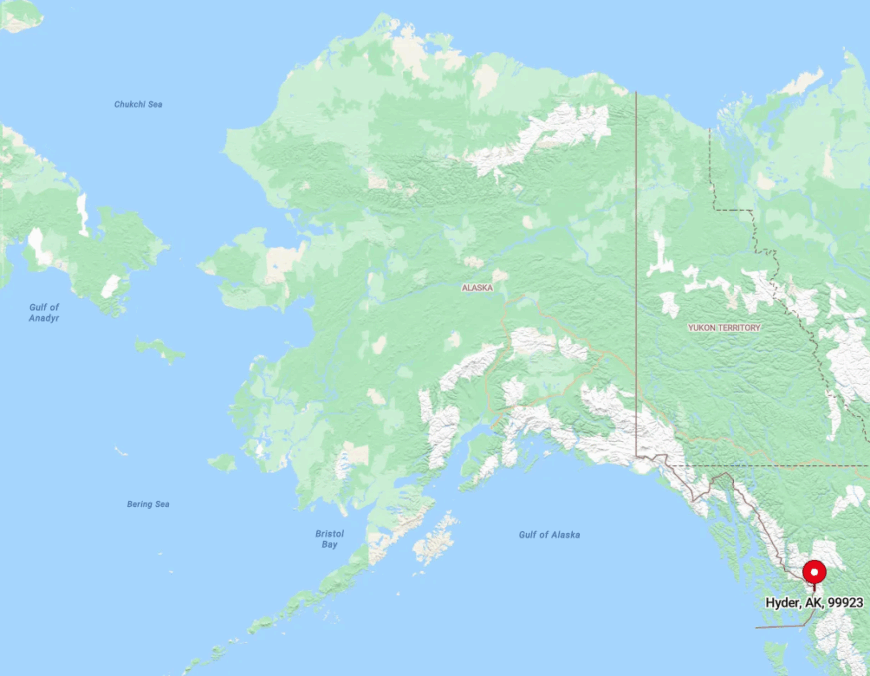
Hyder is nestled at the head of the Portland Canal, a deep fjord that forms part of the Canada–US border. To get there, you’d travel through British Columbia, reaching Hyder via a road from Stewart, Canada. I find it fascinating that despite being in Alaska, the only road access is through Canada.
The journey offers incredible scenery, with winding roads flanked by mountains and glaciers. Hyder’s location makes it one of the most accessible yet secluded spots in Alaska, offering a unique blend of remote Alaskan lifestyle with a touch of Canadian influence.
6. Whale Pass – Tranquil Waters and Wilderness Living
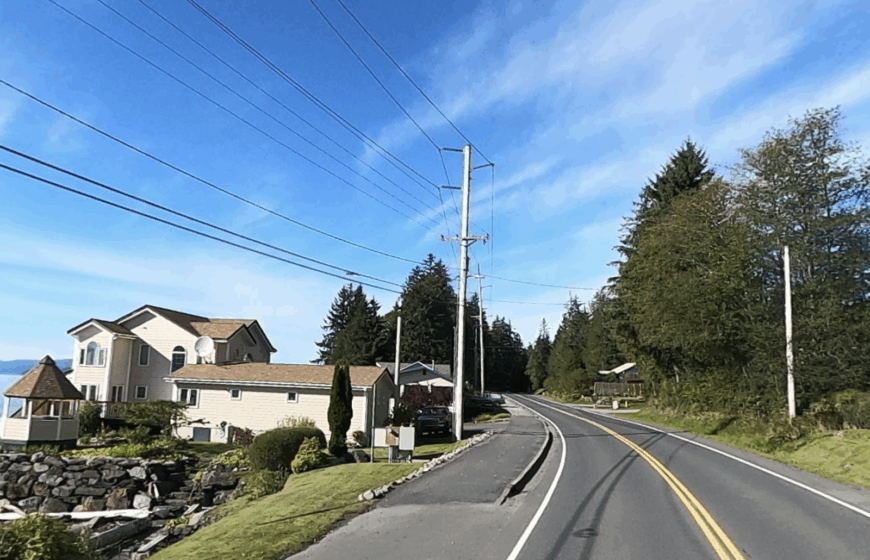
Whale Pass is a small community that captures the essence of tranquil Alaskan living. Located on Prince of Wales Island, it’s accessible via a single road that winds through dense forests. I appreciate the vast tracts of undeveloped land surrounding Whale Pass, offering residents solitude and a deep connection with nature.
The area is known for its excellent fishing, with salmon and halibut abundant in the nearby waters. With a population nearing 50 people, Whale Pass provides a quiet lifestyle where the wilderness is a part of everyday life, and neighbors are more like family.
Where is Whale Pass?

Situated on the northeastern side of Prince of Wales Island, Whale Pass overlooks the scenic waters of the Inland Passage. To get there, you can drive from the ferry terminal in Hollis, a journey of about two hours through the island’s lush landscapes.
I enjoy this drive for its peacefulness and the opportunity to spot wildlife along the way. Whale Pass’s remote location at the end of the road emphasizes its seclusion, making it an ideal spot for those looking to immerse themselves in Alaska’s natural beauty without distractions.
5. Point Baker – Serenity on the Edge of Sumner Strait
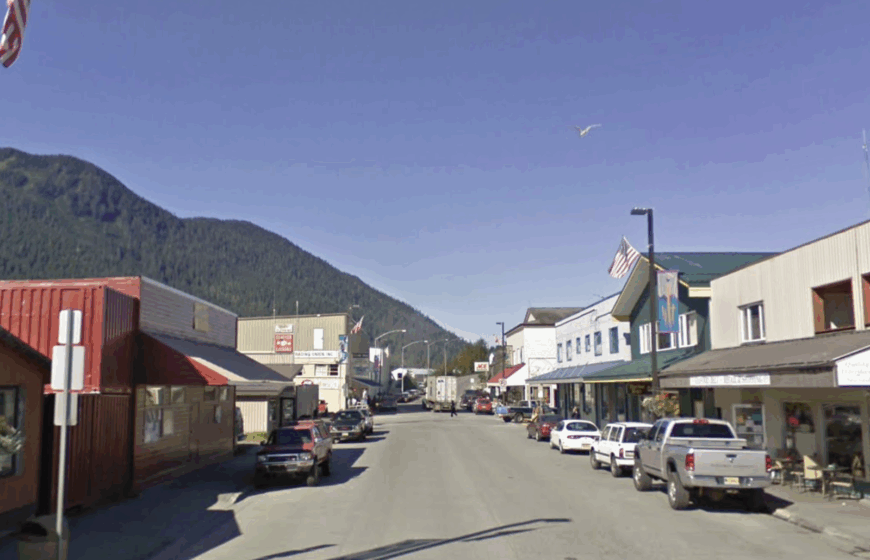
Point Baker is a remote fishing community that exemplifies serenity on the Alaskan coast. Located at the northern tip of Prince of Wales Island, it has limited road infrastructure, which I believe adds to its untouched charm. The large lot sizes and surrounding old-growth forests offer privacy and a strong connection to nature.
The community is small, with residents who are deeply connected to the land and sea. I admire how life here revolves around fishing, with the bounty of the Sumner Strait right at their doorstep. Point Baker is a place where time slows down, and the rhythm of the tides guides daily life.
Where is Point Baker?
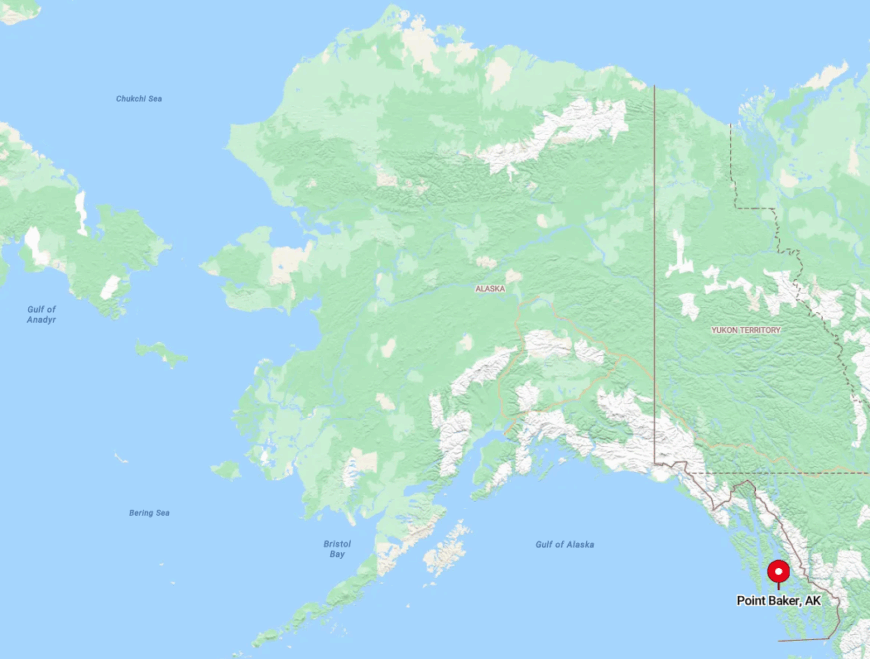
Point Baker sits on the northwestern edge of Prince of Wales Island, facing the Sumner Strait. Accessible primarily by boat or floatplane, reaching Point Baker is part of the adventure. From the town of Ketchikan, you can take a floatplane that offers breathtaking views of the archipelago.
I find the journey by sea equally enchanting, navigating through the intricate waterways of the Alexander Archipelago. The remote location ensures that Point Baker remains a haven for those seeking a peaceful existence amidst Alaska’s coastal wilderness.
4. Meyers Chuck – Quaint Seclusion Along Clarence Strait

Meyers Chuck is a tiny, unincorporated community that offers quaint seclusion along the Clarence Strait. Only accessible by boat or floatplane, it features a handful of homes nestled among rocky coves and dense woodlands.
I love the intimate feel of this place, where the sense of community is strong and the natural environment is ever-present. The sheltered harbor is picturesque, with boats gently bobbing in the water and otters playing nearby.
With a population that hovers around a dozen, Meyers Chuck provides an authentic Alaskan coastal living experience that’s both intimate and deeply connected to the sea.
Where is Meyers Chuck?
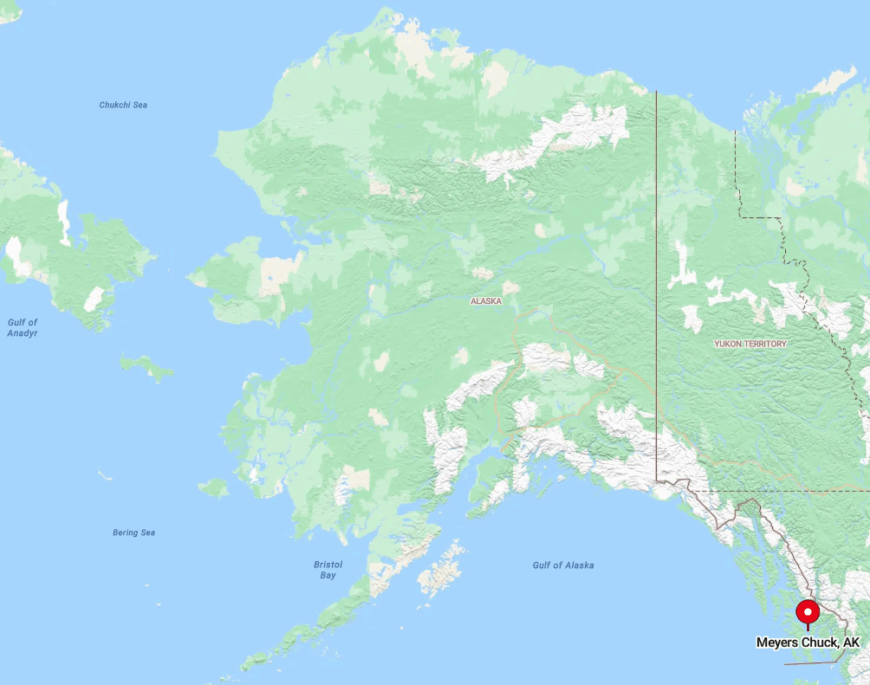
Located on the mainland side of the Clarence Strait, north of Ketchikan, Meyers Chuck is tucked away in a protected inlet. To get there, you’d typically arrange a floatplane from Ketchikan or take a boat, a journey that showcases the rugged beauty of Alaska’s southeastern waterways.
I think the approach to Meyers Chuck is particularly charming, with the harbor appearing as a serene oasis amid the vast wilderness. The remoteness and charm of this community make it a special place for those looking to escape the bustle of modern life.
3. Elfin Cove – A Hidden Harbor Amidst Tongass National Forest
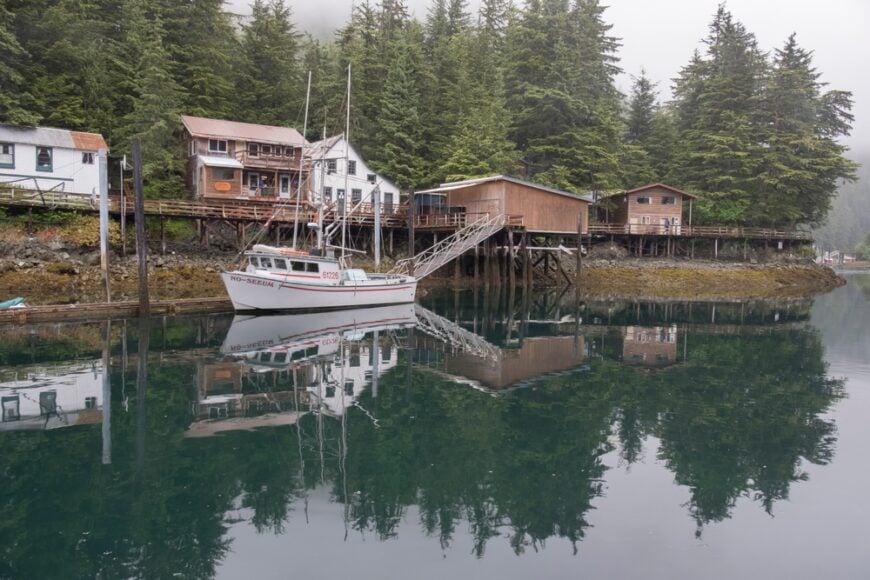
Elfin Cove is one of those places that feels like it’s straight out of a storybook. Situated on Chichagof Island, it’s a picturesque, boat-in-only village surrounded by dense forests and mountains. I appreciate the wooden boardwalks that serve as streets, winding between homes and along the waterfront.
With a small year-round population, Elfin Cove offers residents solitude and stunning views away from the hustle of urban life. The community thrives on fishing and tourism during the summer months, but even then, it retains a peaceful ambiance that’s hard to find elsewhere.
Where is Elfin Cove?
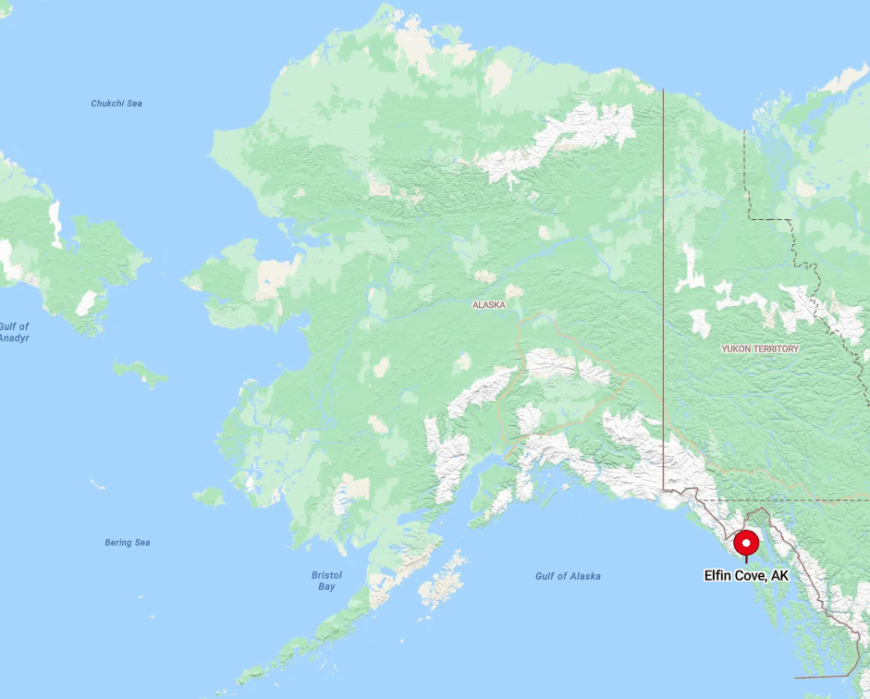
Elfin Cove is located on the northern end of Chichagof Island in the Tongass National Forest, facing the Gulf of Alaska. To reach it, you’d take a floatplane or boat from Juneau, a trip that offers spectacular views of Alaska’s coastline and marine life.
I find the journey to Elfin Cove almost as enchanting as the destination itself. The village’s remote location, nestled among the islands and fjords, makes it a hidden gem for those seeking an authentic and secluded Alaskan experience.
2. Port Protection – Remote Living on Prince of Wales Island
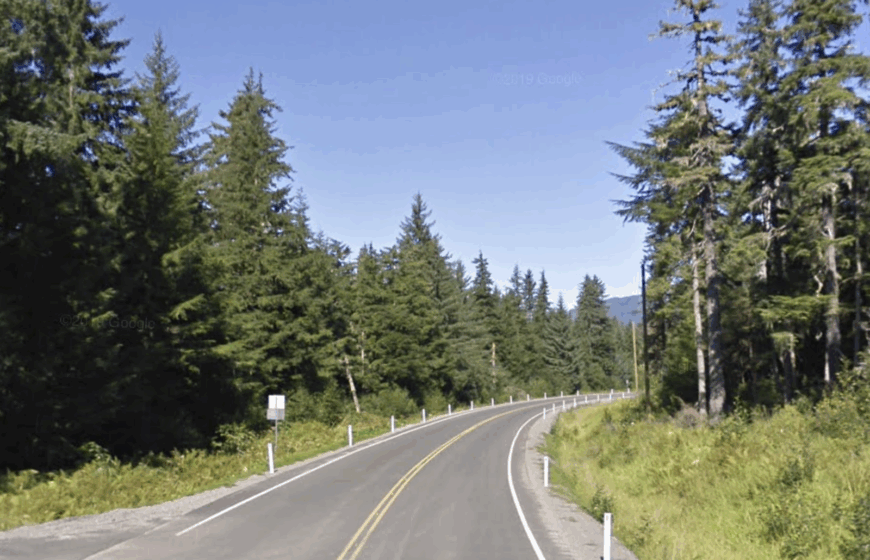
Port Protection is a tiny, off-grid community located on the northwestern tip of Prince of Wales Island. Its isolation and rugged terrain have always intrigued me.
With a population of fewer than 100 people, residents here embrace a self-sufficient lifestyle in deep wilderness. The surrounding old-growth forests and the calm waters of Labouchere Bay provide a serene backdrop for this secluded enclave.
I admire the strong sense of community and the ingenuity of those who choose to live here, building their homes and lives far from the conveniences of urban centers. Port Protection truly offers the ultimate seclusion and a peaceful lifestyle.
Where is Port Protection?
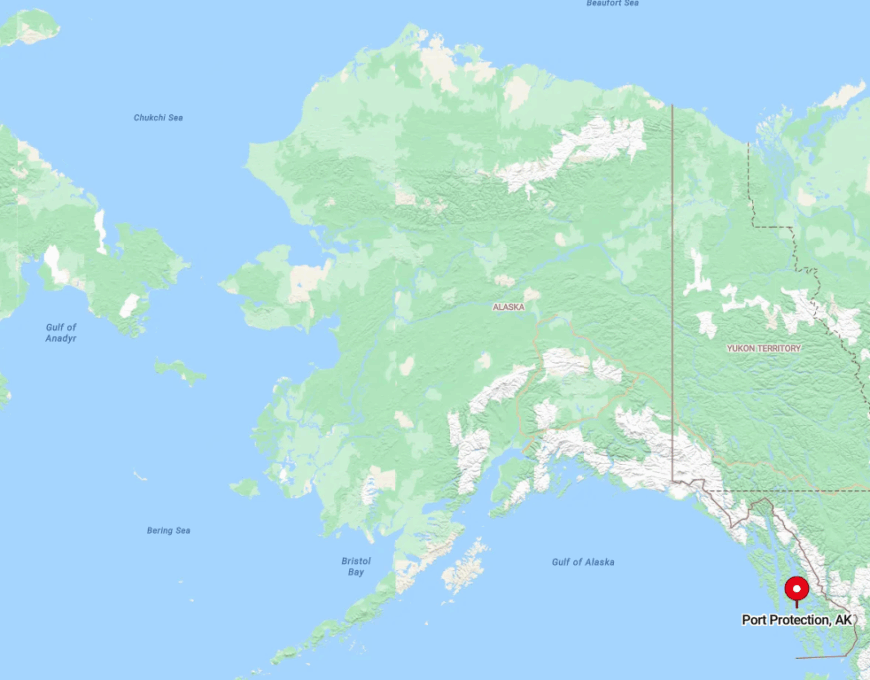
Situated on the northwest side of Prince of Wales Island, Port Protection is accessible primarily by boat or floatplane. The journey from Ketchikan by floatplane takes you over stunning coastal landscapes and dense forests.
I find that the remoteness of Port Protection, surrounded by the vast Tongass National Forest and the Pacific Ocean, emphasizes its seclusion. There are no roads connecting it to other communities, which ensures that life here remains quiet and closely tied to the rhythms of nature.
1. Halibut Cove – An Artistic Retreat Accessible Only by Water
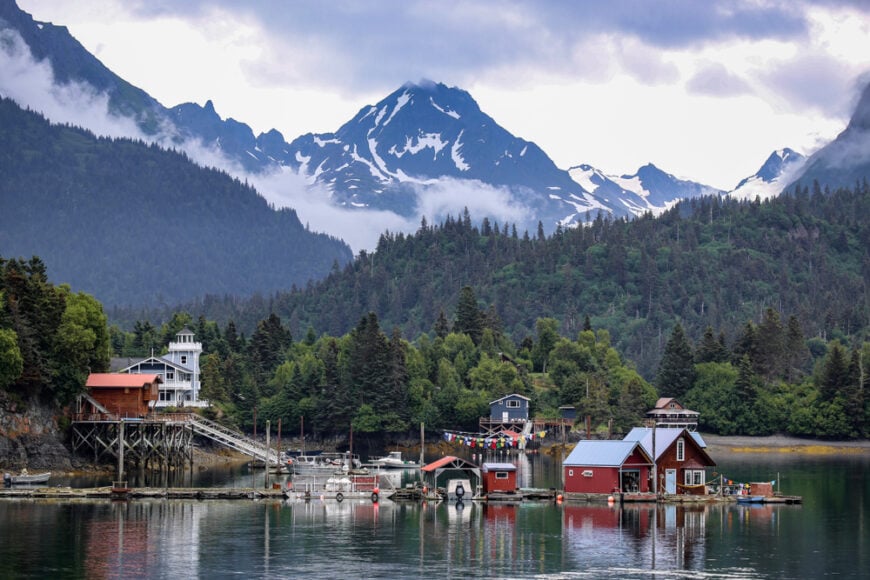
Halibut Cove is perhaps one of the most enchanting places I’ve ever visited. Nestled across Kachemak Bay from Homer, it’s a secluded coastal community known for its floating houses and vibrant art scene. Accessible only by boat or floatplane, the village exudes a tranquil charm that’s hard to resist.
I adore strolling along the wooden boardwalks that connect galleries, shops, and homes, all set against the backdrop of towering mountains and pristine waters. With a small population of around 70 residents, Halibut Cove offers a peaceful retreat where creativity and nature intertwine seamlessly.
Where is Halibut Cove?
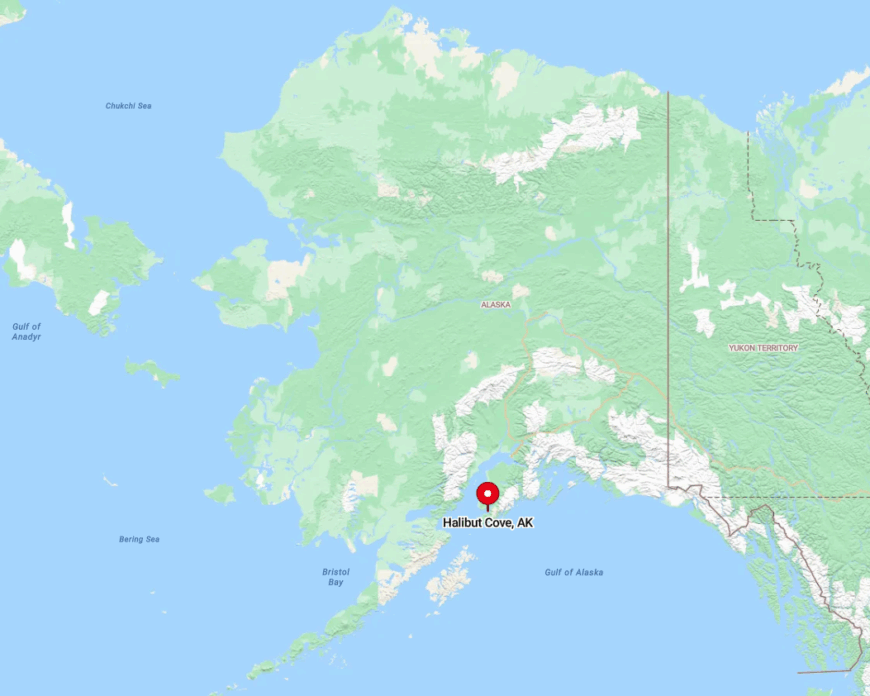
Located on the southern shore of Kachemak Bay, Halibut Cove is within the boundaries of Kachemak Bay State Park. To get there, you can take a ferry or water taxi from Homer, a journey that provides breathtaking views of glaciers and marine life.
I always look forward to this short trip, as the possibility of spotting whales or puffins adds excitement to the voyage. Halibut Cove’s unique location, surrounded by mountains and accessible only by water, makes it a haven for artists and nature lovers seeking solitude without sacrificing community and culture.






